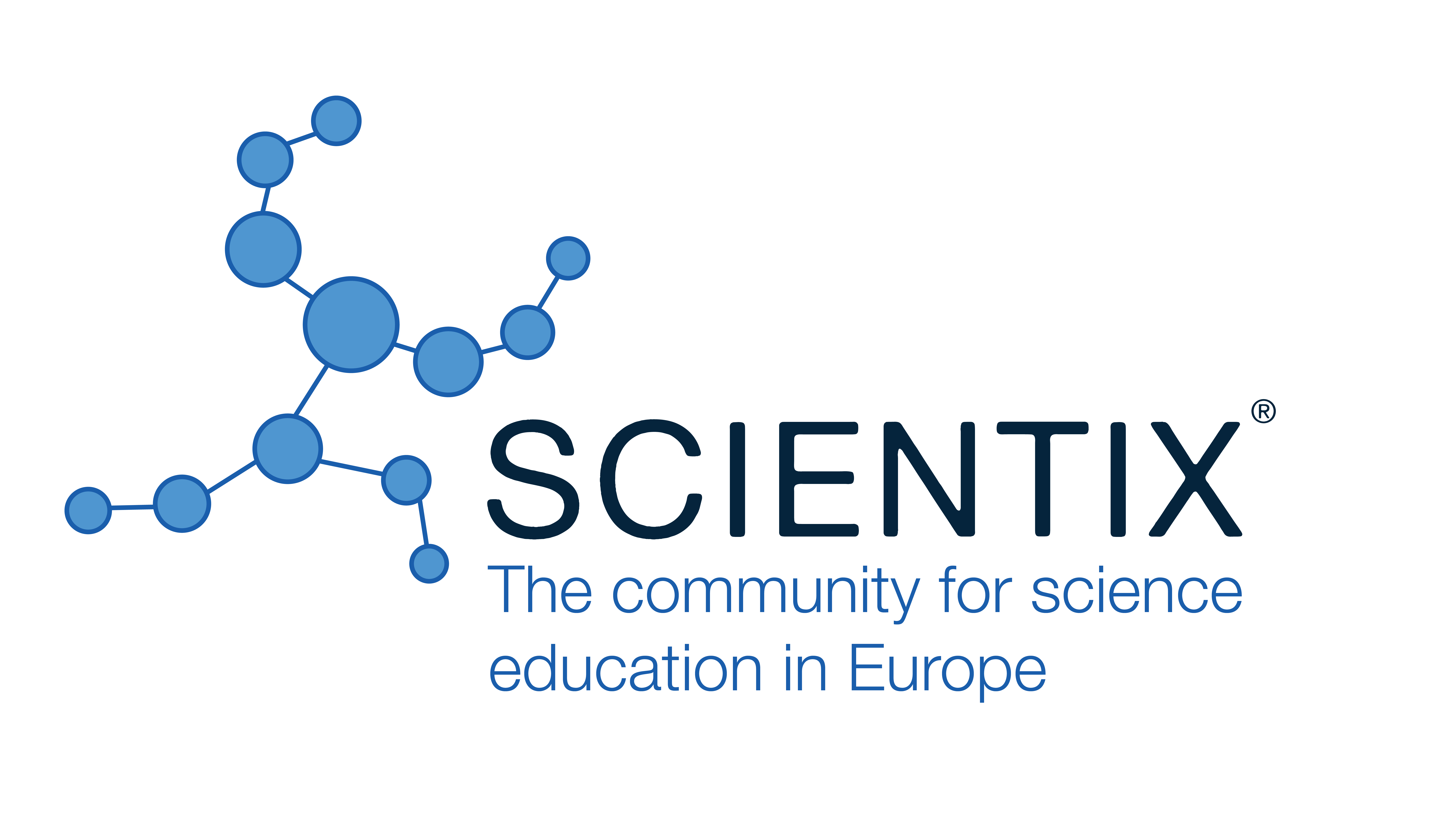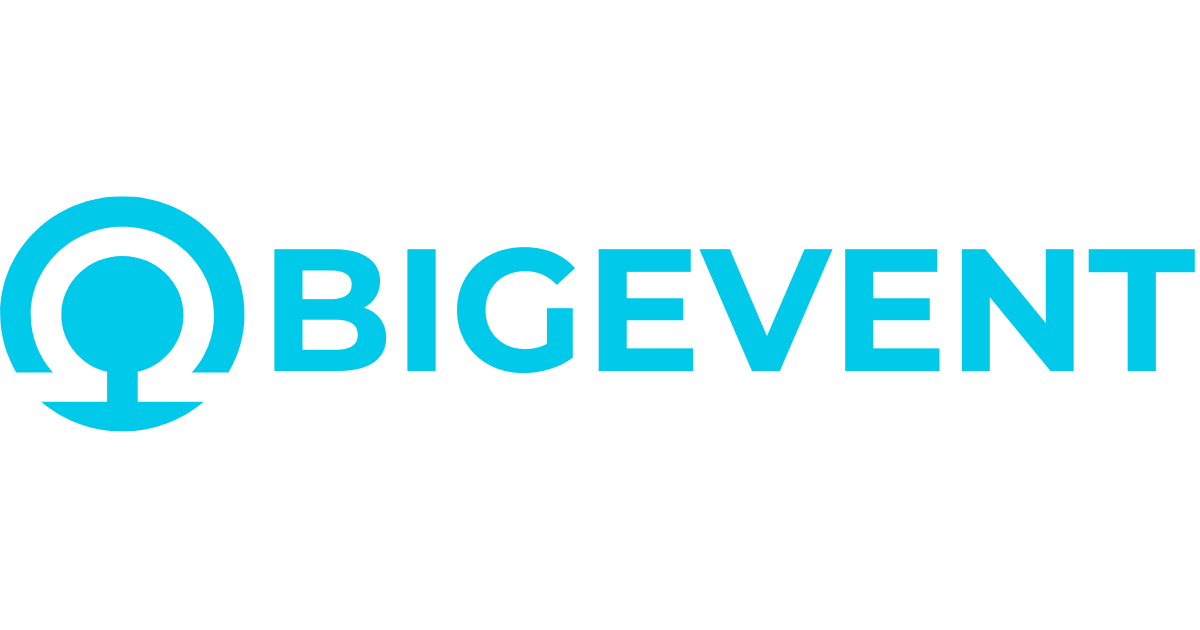Gamification as a Tool for Student Engagement in an Interconnected Curriculum for Creative Impact Entrepreneurship
Willem-Jan Mijnlieff, University of Applied Sciences Amsterdam (The Netherlands)
Loes Wernsen, University of Applied Sciences Amsterdam (The Netherlands)
Abstract
How to create an interconnected program (year 3 BA, 15 ects) that is highly adjustable to the layered and fast-moving context of impact entrepreneurship and supports students learning? A serious game was our answer. Therefore, we emerged game theory and didactic principles. Our aim was to create a course which was flexible to adjust at any moment to current themes in society (demographic, economic, cultural) and to different learning paths and styles of students to increase impact on learning outcomes. We started with why we want to do this and what would be the desired learning outcome. The educational (serious) game turned out to be encouraging the intrinsic motivation of students, job satisfaction of teachers and improvement of learning outcomes. By developing the game, we start to work together -as learning designers- with a game designer [1]. We looked at game mechanics and merge them with didactical assumptions [2, 3] and used the desired learning outcomes as driver. We came up with three elements: story (role student and teachers), structure (didactics & methods) and play (learning experience and differentiation). Story caused a synchronized set of exercises which were much more creative and with focus for what will be learned as (in)direct input for the final assignment. Structure in levels with missions and challenges in which students work on skills, and points gave us the possibility to increase in level of complexity [4]. Together with play we created enhancement in student engagement and because students don’t do all challenges, yet select a range of challenges, they own their own learning path. Students play this game individual in the real world, so their impact is directly on real people, and they use real issues. After two runs of the program, we see student engagement at 85%, with 95% of these students fully finishing the required challenges. The success rate of the final assignment is 72%.
|
Keywords |
Serious game, student engagement, zelcom, storytelling, learning experiences |
|
References |
[1] Exel van J., Studio ToiToi (practitioner) [2] Wiliam, D., Leahy, S. (2019) Formatief evalueren in de praktijk. Bazalt Educatieve Uitgaven, Goes [3] Barkley, E.F. (2020) Engagement & active learning. Student Engagement Techniques: A Handbook for College Faculty (chapter 3; pg 28-45). John Wiley & Sons, Incorporated, 2020. [4] Bulthuis, P. (2018) Het ZelCommodel, grip op Competentieniveaus. EXAMENS, tijdschrift voor de toetspraktijk, nummer 2018-2. Uitgeverij Kloosterhof, Neer
|
 The Future of Education
The Future of Education





























